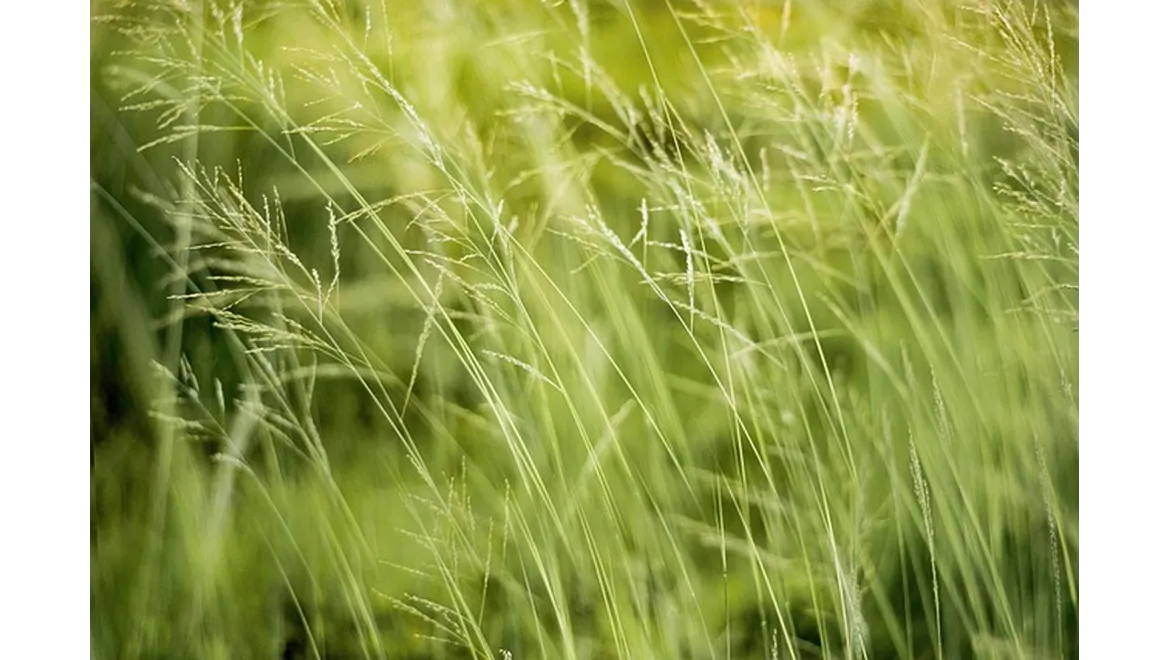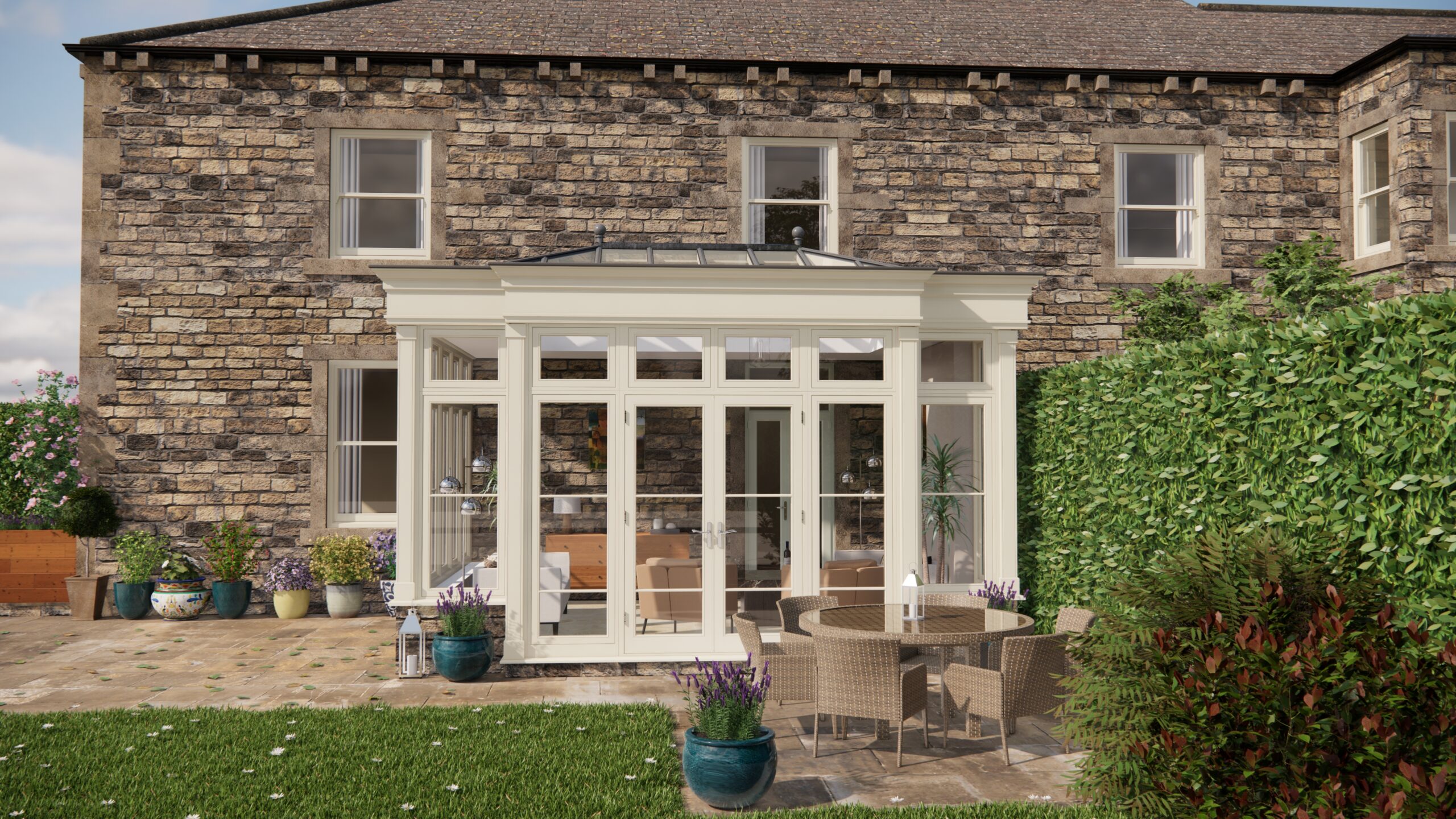Last week, I had the pleasure of sitting down with Emily Greene, a passionate landscape designer who has made a name for herself in sustainable landscaping. Her work has not only transformed ordinary gardens into eco-friendly paradises but has also significantly boosted the property values for her clients. As we sipped our herbal teas in her sun-drenched conservatory, Emily shared her journey and insights into the world of sustainable landscaping. Here’s what I learned from our delightful chat.
Understanding Sustainable Landscaping
Emily explained that sustainable landscaping goes beyond just planting a few native plants. It’s about creating an ecosystem that works with nature rather than against it. She started by telling me how her journey began after studying environmental science. Her love for nature and design naturally led her to combine the two, focusing on creating gardens that are both beautiful and beneficial for the environment.
To replicate this approach, Emily suggests starting with a soil test to understand the specific needs of your garden. This helps in selecting appropriate plants that will thrive with minimal intervention. “Knowing your soil is like knowing the foundation of your house,” she said. “Once you get that right, everything else falls into place.”
Choosing the Right Plants
One of the key takeaways from our conversation was the importance of choosing the right plants. Emily emphasised the use of native species as they are naturally adapted to the local climate and soil conditions, requiring less water and maintenance. She advised, “Look around at what grows naturally in your area. Those are your best bets for a sustainable garden.”
Emily gave the example of her recent project where she replaced a lawn with a mix of native wildflowers and grasses. Not only did this reduce water usage, but it also attracted pollinators like bees and butterflies, creating a vibrant ecosystem. For those looking to start, Emily recommended consulting local horticultural guides or visiting nearby botanical gardens to gather ideas.
Water Management Strategies
Water conservation is a crucial component of sustainable landscaping. Emily shared her excitement about rain gardens, which are designed to capture and filter rainwater. “Think of it as a natural way to manage water runoff while adding beauty to your garden,” she explained.
To create a rain garden, Emily suggested identifying a low-lying area in your garden where water naturally collects. This area can be planted with water-tolerant plants that help absorb excess rainwater, reducing the strain on stormwater systems. Additionally, Emily mentioned the use of permeable paving materials that allow water to seep through and nourish the soil below, rather than running off into drains.
Attracting Wildlife
A sustainable garden is not just about plants but also about fostering a habitat for wildlife. Emily is a big advocate for creating spaces that attract birds, bees, and other beneficial creatures. She explained, “A garden that buzzes with life is a healthy garden.”
To do this, Emily recommended incorporating features like bird baths, bee hotels, and a variety of flowering plants that provide nectar throughout the year. She recounted a story of a client whose garden transformation led to an increase in local bird species, much to the delight of the neighbourhood.
The Impact on Property Value
As we wrapped up our conversation, Emily touched on the financial benefits of sustainable landscaping. She noted that eco-friendly gardens are increasingly attractive to potential buyers who are environmentally conscious. “A well-designed sustainable garden not only enhances the aesthetic appeal of a property but also signals a commitment to environmental stewardship,” she remarked.
Emily shared a case where a client’s property value increased by 15% after implementing sustainable landscaping practices. This boost was attributed to the reduced maintenance costs, improved energy efficiency, and increased curb appeal that the garden provided.
Bringing It All Together
After my conversation with Emily, it was clear that sustainable landscaping is more than just a trend—it’s a movement towards creating harmonious spaces that benefit both people and the planet. By understanding your garden’s needs, choosing the right plants, managing water wisely, and welcoming wildlife, you can create a stunning outdoor space that enhances property value and promotes biodiversity. Emily’s passion and expertise have inspired me to look at my own garden with fresh eyes, and I hope her insights will do the same for you.
If you’re considering a garden makeover, perhaps it’s time to embrace sustainability. Not only will you be doing your bit for the environment, but you might just see a healthy return on your investment.


